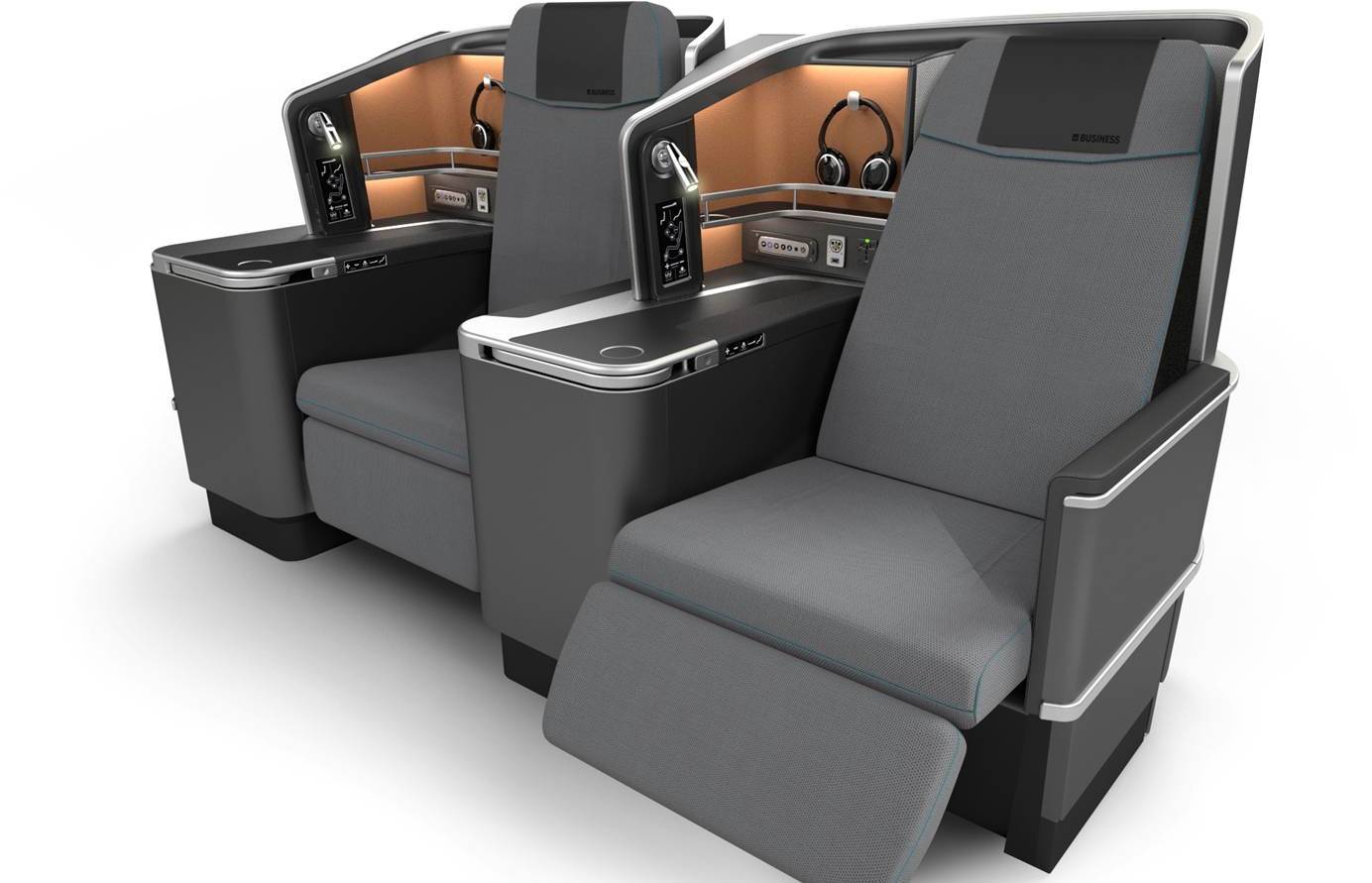SAS's New Cabins Reflect the Universal Appeal of Functional Scandinavian Design

Skift Take
Of course the Scandinavians would treat the current arms-race-in-the-sky as an opportunity to be reserved and smart rather than escalate.
[gallery ids="129719,129721,129718,129723,129720,129717,129722,129724,129716"]
SAS has made it clear that its principle strategy is to provide its customers with a convenient comfortable product which meets their every-day travel needs, without ostentation.
While other airlines debut programs fit for royalty, even Scandinavian royalty are known for relatively down-to-earth lifestyles and moderate living standards--by comparison to their peers. SAS’s prime focus is all business.
After a successful recovery from financial troubles, achieved through an efficient reorganization led by President and CEO Rickard Gustafson, the airline has no interest in abandoning its sound business strategy in pursuit of flash design. Their contribution to the aircraft interiors arms race is a hardened steel determination to ensure that passengers onboard their aircraft are well cared for and feel they have got good value for their hard-earned money.
That's why its somber, no-nonsense interior is no surprise. Characterized by the choice of charcoal and graphite tones throughout; highlighted by SAS’s signature blue, this darker color choice is forgiving of everyday use, and ensures the cabin can remain current longer than many other color palates that have seen their debut this year.
